Food waste is a huge problem that costs us money and hurts our planet.
Each year, the average family throws away hundreds of dollars in perfectly good food that ends up in landfills.
The good news? With a few simple changes to how we shop, store, and cook our food, we can slash waste and save cash at the same time.
20. Plan Meals Like A Pro
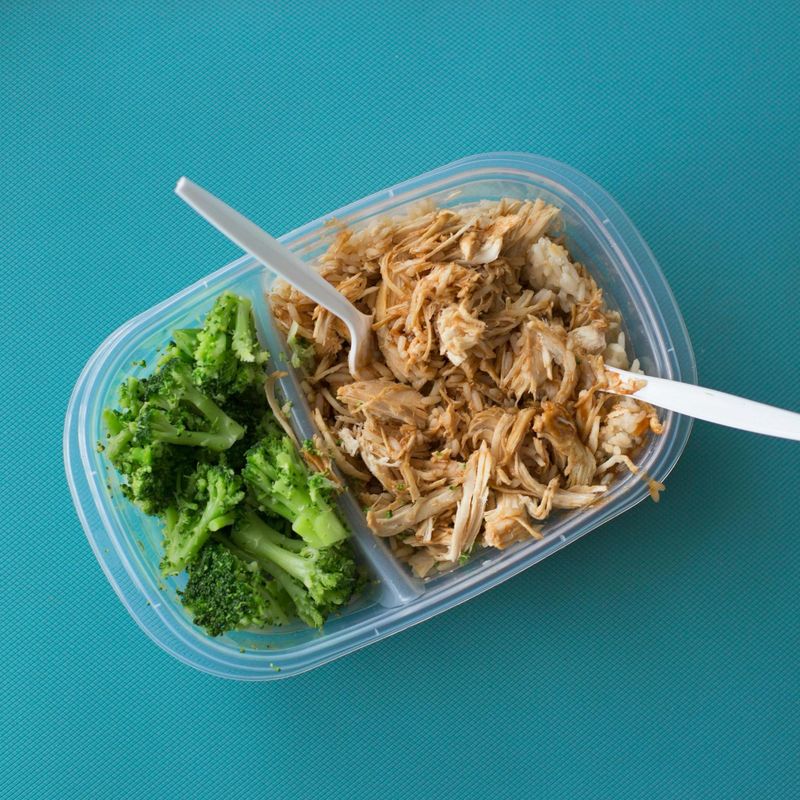
Grab that notepad and channel your inner chef!
Planning meals ahead prevents those impulse buys that often rot in your fridge. Map out your week’s menu before shopping, and you’ll buy only what you need.
Ever noticed how a simple list can transform your grocery trips? You’ll walk past those tempting displays without adding unnecessary items to your cart.
Share your meal planning wins with friends—they’ll thank you!
19. Befriend Your Freezer

Holy moly, your freezer is practically a time machine for food! Leftover pasta sauce, half-used herbs, and even milk can be frozen before they go bad. Those browning bananas? Freeze ’em for smoothies or banana bread later!
Freezing extends food life by weeks or months. Label everything with dates using masking tape and a marker. What freezer hacks have worked for you? Drop a comment below!
18. Shop Your Fridge First
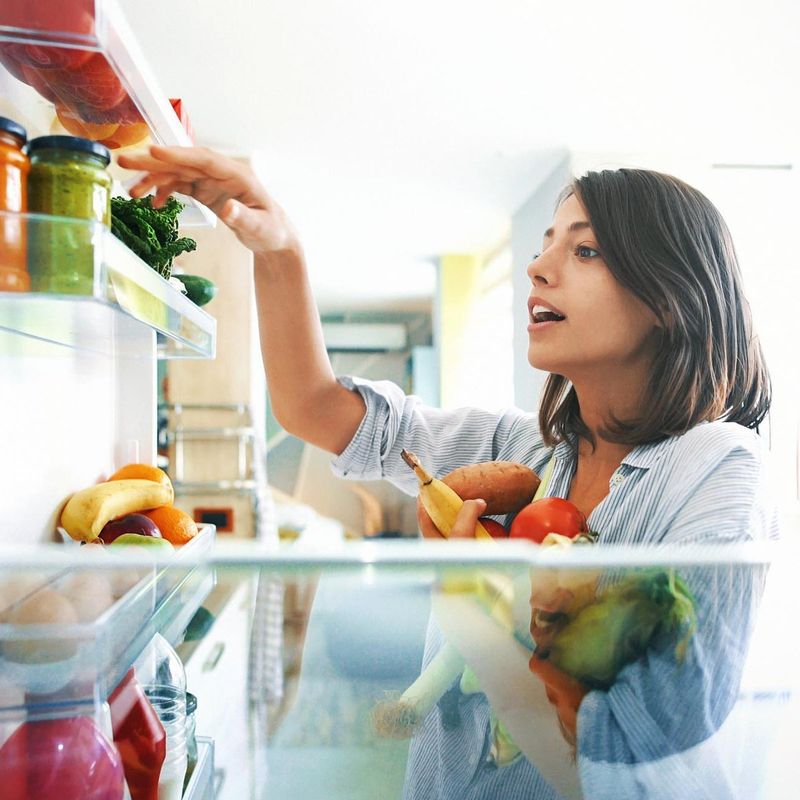
Whoa there, shopping enthusiast! Before racing to the store, take a peek at what’s already hiding in your kitchen. Many of us forget about perfectly good ingredients lurking in the back of the fridge or pantry.
Create a weekly “use it up” meal where you get creative with whatever needs eating. Challenge yourself to make something delicious from what you already have. Would you believe some of the best recipes come from these improvised meals?
17. Master The Art Of Storage

Did you know strawberries last longer when stored in a paper-towel lined container? Or that herbs stay fresh for weeks in water like flowers? Proper storage is a game-changer for extending food life!
Keep onions and potatoes separate but cool and dark.
Store lettuce with a paper towel to absorb moisture. Mushrooms? They need breathable paper bags, not plastic! Try these tricks and watch your produce last dramatically longer.
16. Understand Food Date Labels

“Best by” doesn’t mean “toxic after”! Most date labels indicate quality, not safety. Trust your senses—if it looks good, smells good, and tastes good, it probably is good!
Yogurt often stays fresh 1-2 weeks past its date. Eggs? They’re usually good for 3-5 weeks from purchase. Hard cheeses can last months in proper conditions. Don’t toss perfectly edible food because of a conservative date stamp!
15. Revive Tired Produce
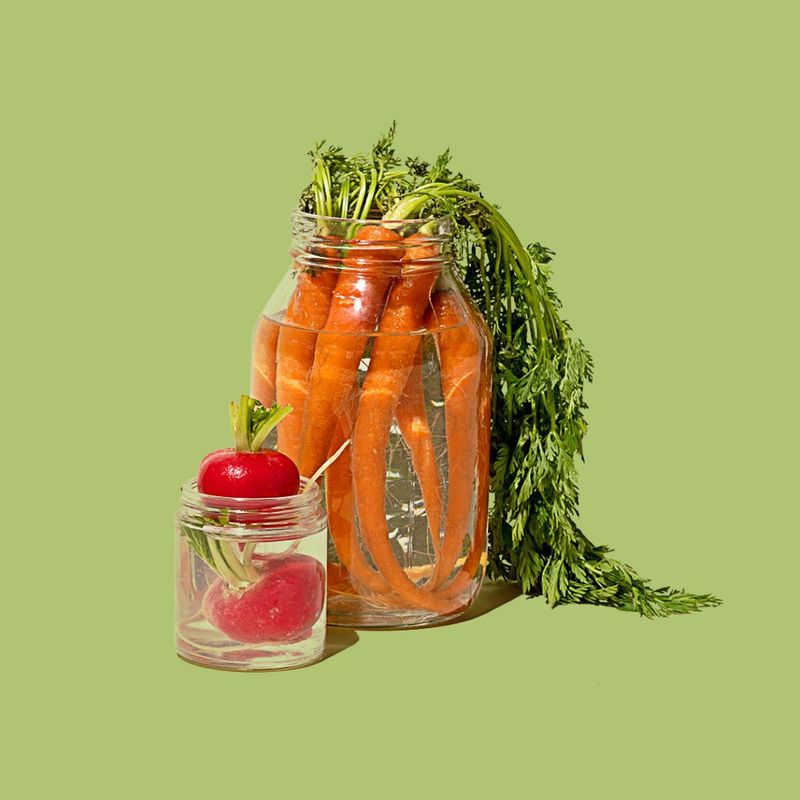
Crisp up those limp carrots by soaking them in ice water for an hour—magic! Wilted greens can bounce back with a cold water bath too. Even droopy herbs perk up with a fresh stem cut and some H2O.
Wrinkly bell peppers? Perfect for roasting! Soft tomatoes?
Hello, pasta sauce! Spotty bananas make the best banana bread ever. Learning these revival tricks saves so much perfectly good food from the bin.
14. Embrace Imperfect Produce
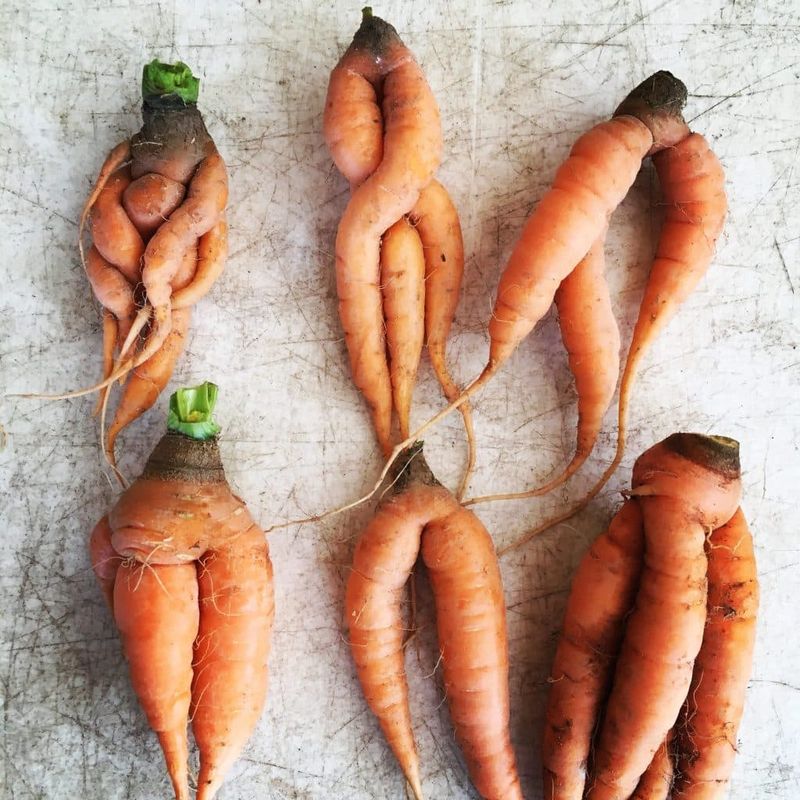
Who decided vegetables needed to look runway-ready anyway? Those quirky-shaped carrots and slightly bruised apples taste just as delicious as their “perfect” counterparts—often at a fraction of the price!
Many stores now offer discounted “ugly” produce sections.
Farmers markets often sell these rejects too. By purchasing these overlooked gems, you’re preventing perfectly good food from being wasted while saving money. How’s that for a win-win?
13. Get Creative With Leftovers
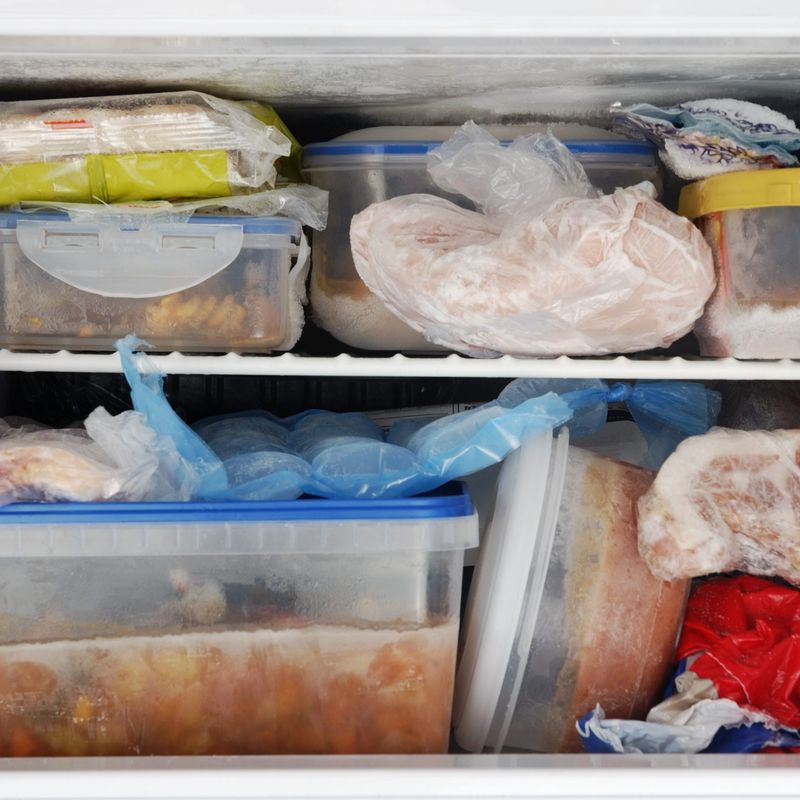
Yesterday’s roast chicken? Today’s epic tacos! Leftover rice? Fried rice heaven awaits! Transform mundane leftovers into exciting new meals with a dash of creativity and some pantry staples.
Stale bread becomes amazing croutons or bread pudding.
Extra pasta transforms into frittatas. Keep a “leftover night” tradition weekly where you reinvent remnants into something fresh. Your wallet and the planet will high-five you for your culinary wizardry!
12. Pickle And Preserve
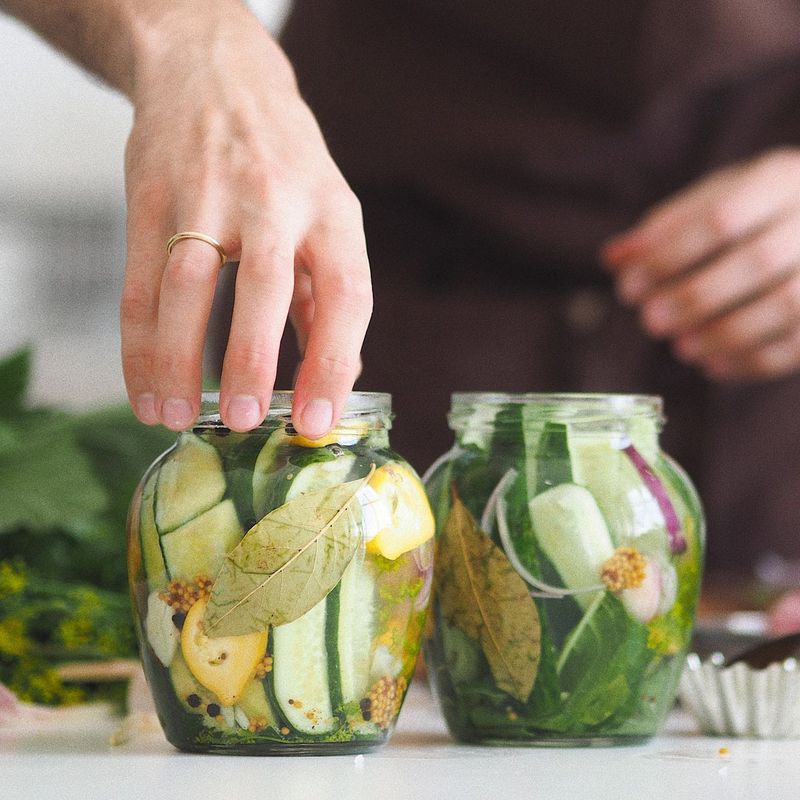
Zounds! Those extra cucumbers are about to go bad? Quick—pickle them! Learning basic preserving techniques like pickling, jamming, or freezing can rescue produce on the brink.
Simple vinegar pickles need just 10 minutes of prep. Soft fruits make quick refrigerator jams without canning equipment. Even herbs can be preserved in oil ice cubes for future use. These methods extend food life by weeks or months while creating tasty treats!
11. Maintain A First-In, First-Out System
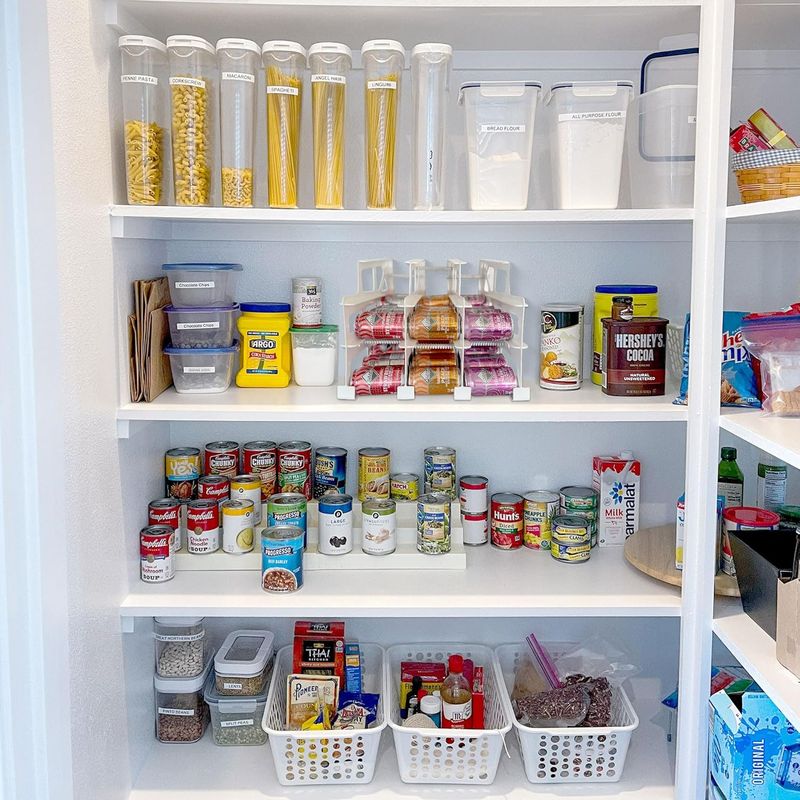
Supermarkets do it, and so should you! Implement the FIFO method—First In, First Out—by moving older items to the front of your fridge and pantry. Newer purchases go to the back.
This simple habit ensures you use up food before it spoils.
When unpacking groceries, take a moment to reorganize shelves. Place items with approaching expiration dates at eye level where you’ll notice them first. Such a small change makes a massive difference!
10. Blend Up Smoothies
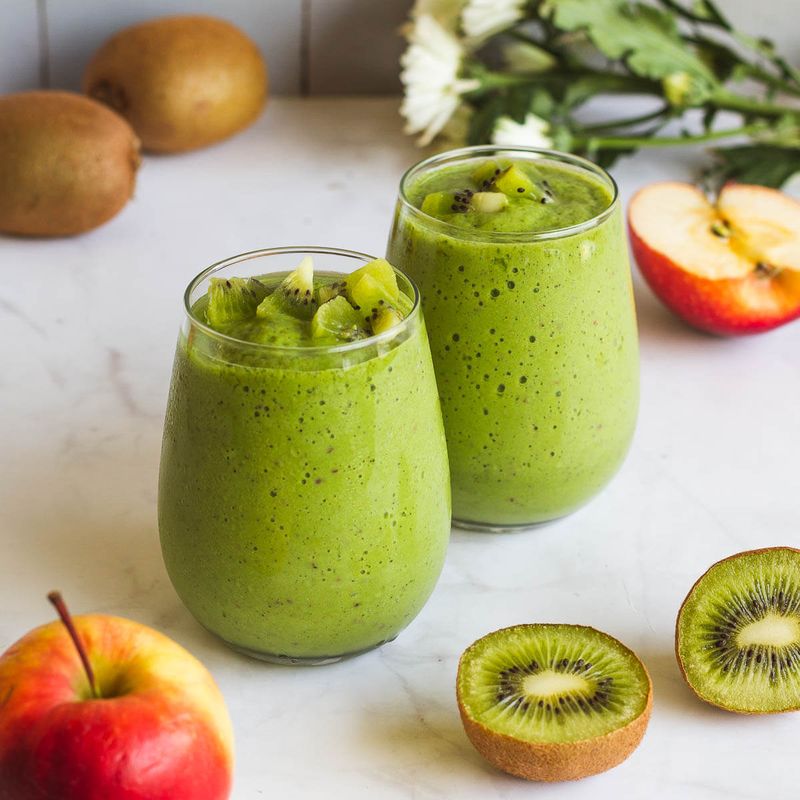
Smoothies are the superhero of food waste prevention! That slightly soft apple, half a banana, and handful of spinach that’s about to turn? Throw them in the blender with some yogurt—boom, breakfast is served!
Almost any fruit or vegetable on its last legs can find new life in a smoothie.
Even herbs can add interesting flavors. Freeze smoothie packs with produce that’s about to turn for quick future meals. What’s your favorite rescue smoothie recipe?
9. Create Soup Stock From Scraps
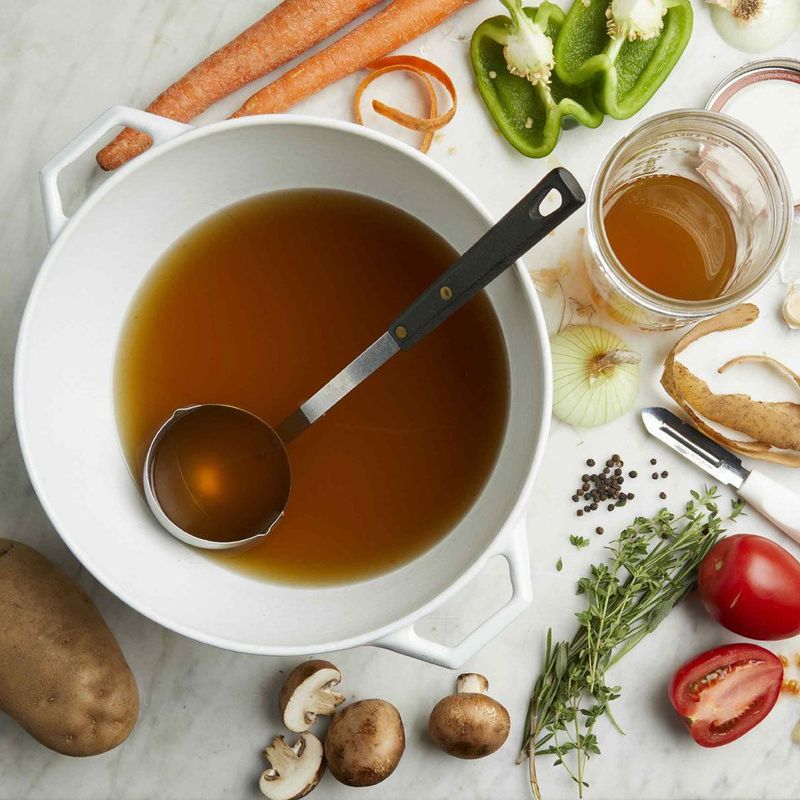
Hold up—don’t toss those vegetable peels and chicken bones! Keep a container in your freezer for vegetable scraps like onion ends, carrot peels, and celery leaves. When it’s full, simmer them into liquid gold (aka homemade stock).
Meat bones and seafood shells make amazing broths too. Homemade stock tastes infinitely better than store-bought and costs nothing but a bit of time. Plus, you’re using parts that would otherwise hit the trash!
8. Become A Storage Container Pro
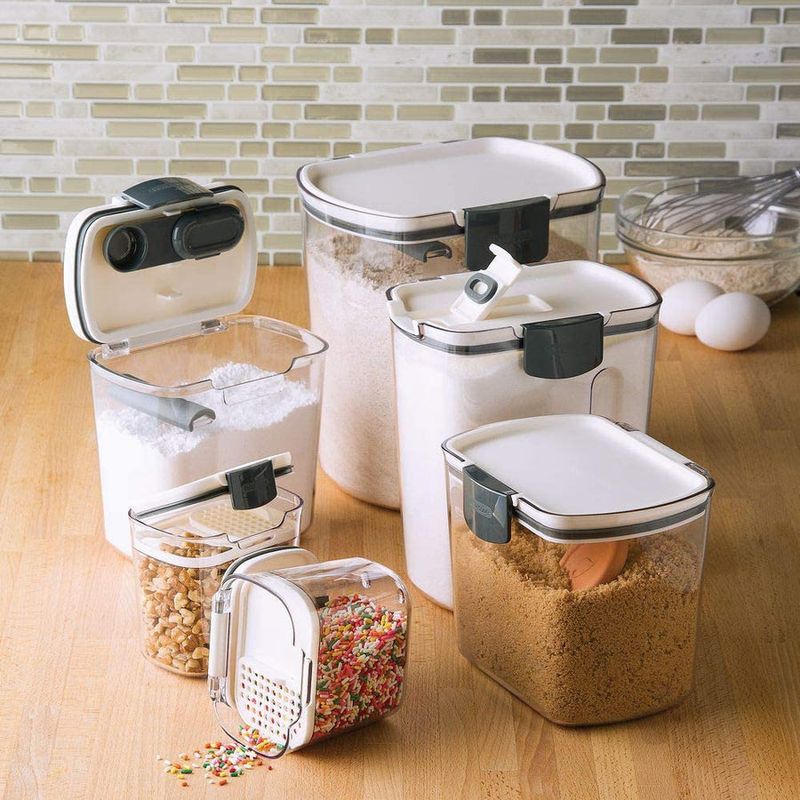
Clear containers are game-changers for refrigerator organization! When you can see what’s inside, food doesn’t get forgotten in the back. Invest in quality containers that stack neatly to maximize space.
Glass containers prevent food from taking on funky fridge flavors.
Uniform sizes help with organization. Label everything with contents and dates using washable markers or tape. Your future self will thank you when meal prep becomes a breeze!
7. Try Composting
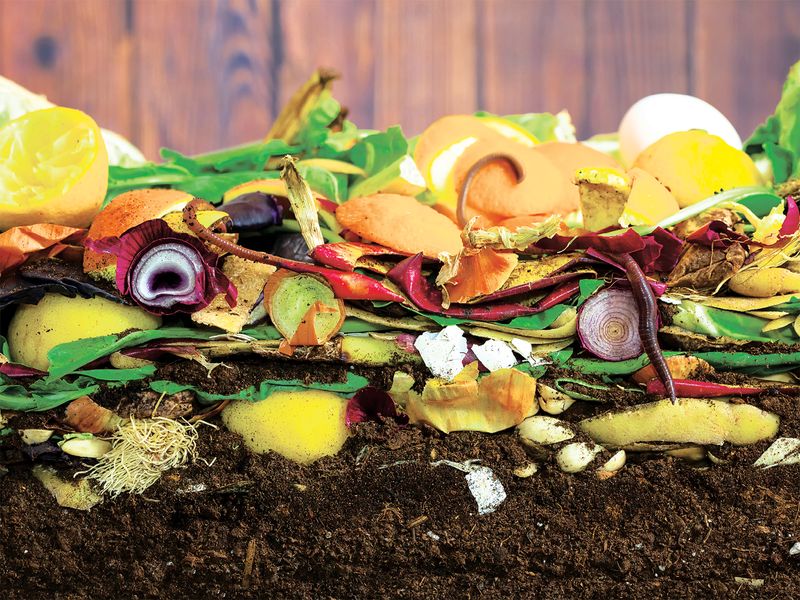
Yikes, despite your best efforts, some food waste is inevitable—but it doesn’t have to hit the landfill! Composting transforms produce scraps, eggshells, and coffee grounds into garden gold.
No yard? No problem! Countertop composters work in apartments. Many cities now offer compost collection services.
Some community gardens accept compost donations. By composting, you’re completing the food cycle and creating rich soil for growing more food!
6. Shop With A List—And Stick To It
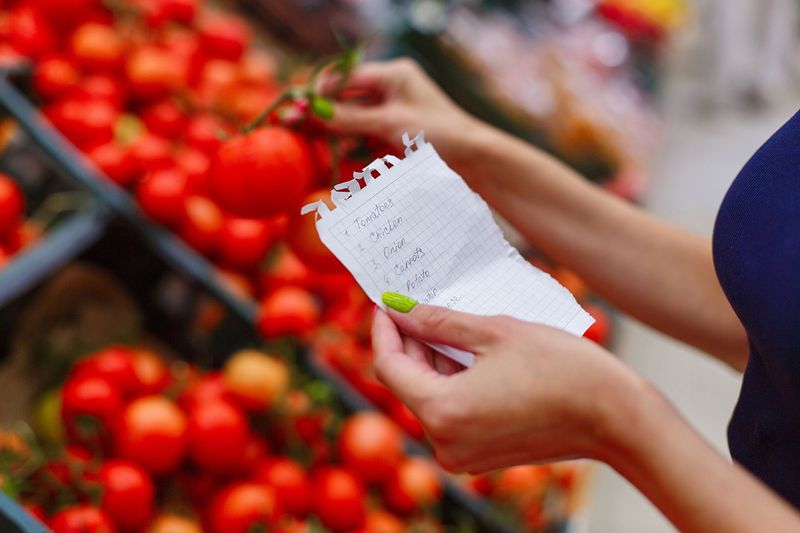
Beware the siren song of impulse purchases! Those unplanned additions often become the forgotten soldiers of your fridge. Creating a detailed shopping list—and actually following it—is your best defense.
Never shop hungry (rookie mistake)! Organize your list by store sections to shop efficiently. Take photos of your fridge and pantry before heading out as a reminder of what you already have.
This simple habit can slash your food waste and grocery bills dramatically!
5. Buy Only What You Need

Bulk deals aren’t savings if half ends up in the trash! Be honest about how much your household actually consumes before being tempted by volume discounts. For perishables, smaller quantities are often smarter purchases.
Shop the bulk bins for exact amounts of grains, nuts, and spices. Need just a handful of cilantro? Many stores now sell herbs by the spring. Don’t hesitate to ask the butcher or deli counter for smaller portions than pre-packaged options.
4. Learn Proper Produce Selection
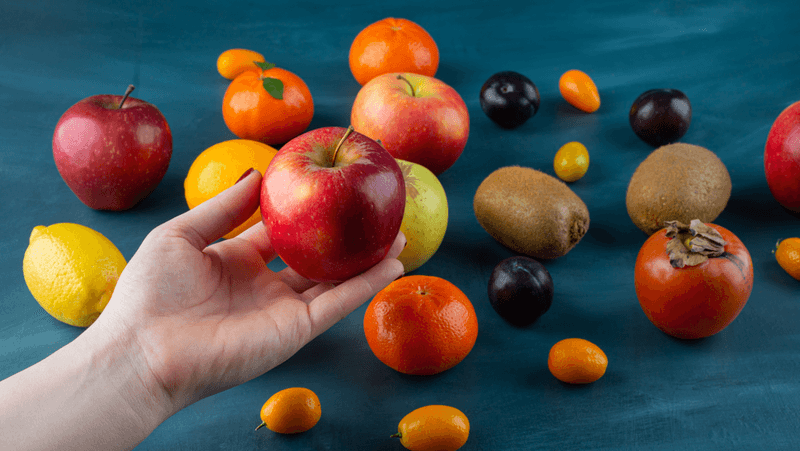
Bananas too green won’t ripen properly if refrigerated too soon! Each fruit and vegetable has optimal selection criteria that affect how long it lasts at home. Learning these tricks transforms your shopping game.
Choose pineapples with fragrant bottoms. Select avocados based on when you’ll eat them. Pick potatoes with no green tinge or sprouts. Becoming a produce-picking pro means you’ll bring home items that last longer, reducing waste before it starts!
3. Cook From Root To Stem
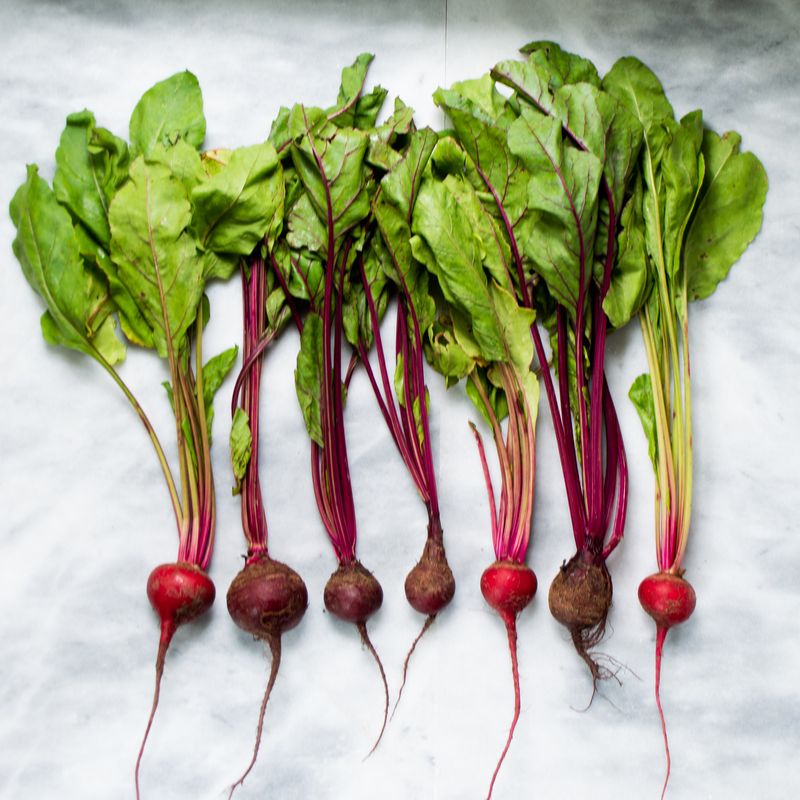
Gasp! You’ve been throwing away some of the most nutritious and delicious parts! Beet greens, broccoli stems, and carrot tops are all edible and packed with nutrients. Many “scraps” make delicious additions to meals with a little know-how.
Radish tops make amazing pesto. Watermelon rinds pickle beautifully. Citrus peels can be candied or zested. By using the whole plant, you’re getting more nutrition and value from every purchase while cutting waste. How cool is that?
2. Portion Control Matters

Holy enormous portions, Batman! We often cook more than we need, leading to leftovers that sometimes get forgotten. Rightsizing your meals can dramatically cut waste while helping with nutrition goals too.
Use measuring cups until you can eyeball proper portions. Start with smaller servings—you can always go back for seconds if truly hungry.
Teach kids to take only what they’ll eat. These habits not only reduce waste but often lead to healthier eating patterns!
1. Track What You Waste
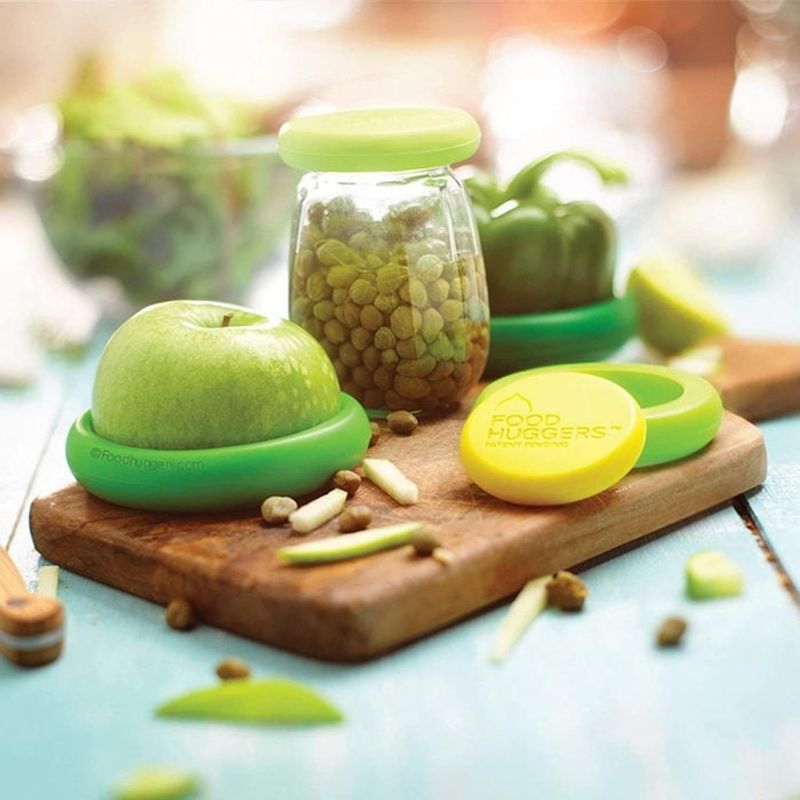
Shocking revelation: most of us have no idea how much food we actually throw away! Keep a simple waste log for two weeks, noting everything that gets tossed and why. Patterns will emerge that highlight your specific waste triggers.
Maybe you consistently buy too much bread, or salad greens always go slimy. Once you identify your personal waste patterns, you can target solutions specifically for your habits. Knowledge truly is power when it comes to waste reduction!

